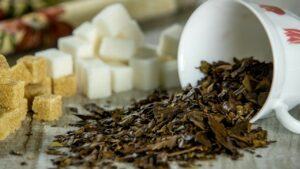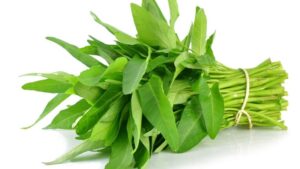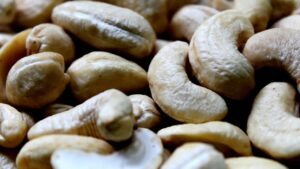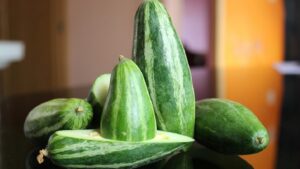Sesame is cultivated as an edible seed that is eaten when fully ripe. These are cleaned and the exterior coat is being removed by hulling.
This is a very small seed but the oil content is a maxim and offers a nutty flavor when toasted. It was traded during 2000 BC and first grown in India around 3500 BC.
What is Sesame Seed (Til)?
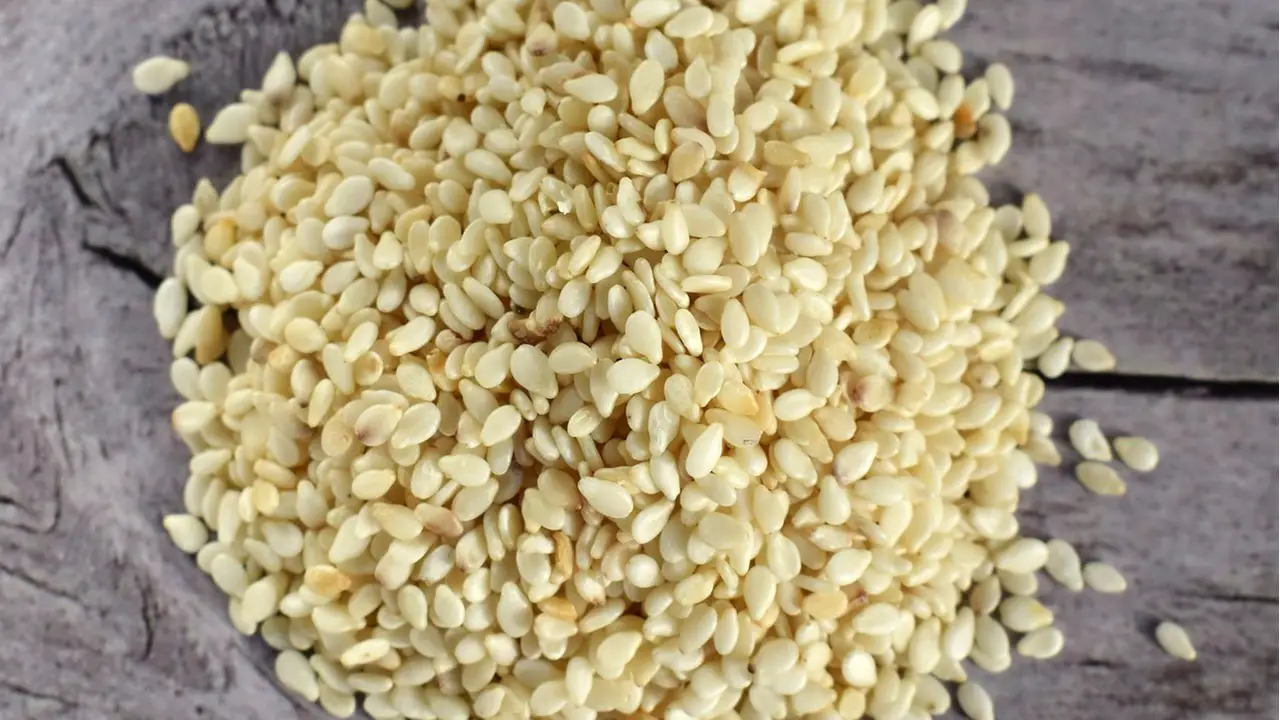
Sesame seeds or til are the seeds of the flowering plant Sesamum indicum. They are small, flat, oval-shaped seeds with a nutty flavor and a high oil content. Sesame seeds can be white, black, or golden brown in color, depending on the variety of the plant.
They are used extensively in cuisines around the world, particularly in Asian and Middle Eastern dishes, and are often used as a garnish or topping for bread, salads, and other dishes.
Sesame seeds are also used to produce sesame oil, which is used in cooking and as a condiment.
Additionally, sesame seeds are known to have several health benefits and are rich in protein, healthy fats, and various vitamins and minerals.
Uses of Sesame Seeds in Indian Cuisines
These are eaten depending on the taste of the seeds. You can simply toast these seeds which are having nut-like flavors.
You can simply bake in the oven and stove top. Depending on the flavors you can simply go for medium-low heat stirring, dry skillet, and cook, sprinkle over the food, and cook it in the oven.
From the Middle East to Chinese cuisine, sesame seeds are considered an important part of the food.
Whether it is a Burger from the US or other varieties, the nutty taste of the seeds is just something that you would love to taste over and over. You can variously use the sesame seeds:
- Add the sesame seeds over pieces of bread, muffins, sweets, and cookies to have a nutty flavor. You can check out that there are many biscuits and traditional sweets that are made up of sesame seeds.
- You can mix the sesame seeds with yogurt.
- Adding the sesame seeds to the salads and marinades, to offer a nutty flavor.
- You can sprinkle the seeds over the fries and even snacks.
Let us check out some of the recipes which are perfect with sesame seeds:
Sesame and Coriander Crusted Basa Recipe:
Marinated with regular spices and fried hot served with sprinkled sesame seeds.
Sesame Apple Salad:
Simple apple goes love with the sprinkle of sesame seeds.
Spinach Salad with Sesame Dressing
The boring and usual spinach salad is being dressed with sesame to make it more lucrative.
Sesame Seed Pulao
If you want to add a crunchy and nutty flavor to the usual biriyani then it is best when you are having it with sesame seeds.
Til ki Chikki or Tiler Naroo or til ka ladoo
This is a wonderful sweet dish that is prepared for everyone, especially in times of religious festivals. Sesame seeds are mixed with jaggery and given round, spherical, and other shapes.
Sesame Crusted Chicken
Sweet and sour chicken is cooked very nicely and the whole dish is made dry yet juicy. Sesame seeds are being sprinkled over it to make it much tastier.
A sweet barfi made with khoya and sugar where til is being added to it.
Prawn Sesame Toast
Prawn and sesame mixture is coated over the bread which is fried golden brown.
Sesame Chicken
Coriander seeds, onion, garlic, and mushrooms are cooked with a small cube of fried chicken breasts. Soy and tomato sauce is being added to spice it up. Sesame seeds are added to dress it up and give it a wonderful nutty taste.
Other than this Kalo Til or black sesame is used for kulcha, nun, and many other types of flatbreads.
How Does Sesame Seed Taste?
Sesame seeds have a nutty, mild and slightly sweet taste. They can be consumed raw or roasted and have a crunchy texture.
When roasted, sesame seeds develop a more intense nutty flavor and become slightly bitter.
Sesame seeds are often used as a topping or garnish on various dishes, such as bread, bagels, sushi, and salads, and can also be ground into a paste called tahini, which is used as an ingredient in hummus, sauces, dressings and dips.
What Are the Best Ways to Eat Sesame Seeds?
There are several ways to eat sesame seeds, depending on your preference and the dish you are preparing. Here are a few suggestions:
Toasted sesame seeds: Toasting sesame seeds brings out their nutty flavor and aroma. You can toast them in a dry skillet over medium heat or in the oven. Sprinkle them on salads, rice dishes, or stir-fries.
Sesame seed paste: Sesame seed paste, also known as tahini, is a popular ingredient in Middle Eastern cuisine. It’s made by blending toasted sesame seeds with oil until smooth. Use it as a dip for vegetables or pita bread, or as a base for dressings and sauces.
Sesame seed oil: Sesame seed oil is a flavorful oil that’s often used in Asian cooking. It adds a nutty taste to stir-fries, noodle dishes, and marinades.
Sesame seed toppings: Sprinkle sesame seeds on top of bread, rolls, or crackers before baking. You can also add them to oatmeal, yogurt, or smoothie bowls for extra crunch and flavor.
Sesame seed snacks: Roasted sesame seeds make a great snack on their own or mixed with other nuts and seeds. You can also make sesame seed bars or balls with honey, oats, and dried fruit for a nutritious and tasty snack.
Conclusion
Sesame seeds are small, flat, oval-shaped seeds with a nutty flavor and high oil content that are used extensively in cuisines worldwide, particularly in Asian and Middle Eastern dishes.
They are known to have several health benefits, and can be consumed raw, toasted or in the form of sesame oil or paste.
Sesame seeds are also used in various Indian cuisines, such as Til ki Chikki, Sesame Crusted Chicken, and many more.
Overall, sesame seeds are a versatile and tasty ingredient that can be used in many different ways.

